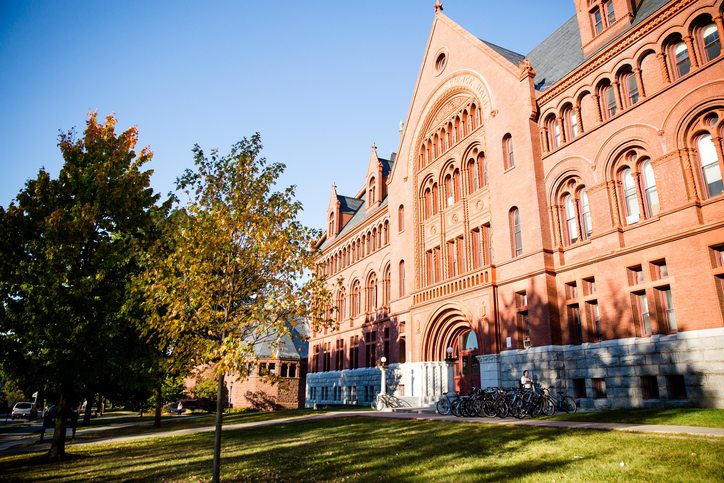
It’s 2017 and Americans are more burdened by student loan debt than ever.
Today, Americans hold more than $1.4 trillion in student loan debt, spread out among about 44 million borrowers. Compare that to the total US credit card debt of some $880 billion. No wonder all the alarm bells sound when graduates complete their college matriculation. That’s when the reality of paying back student loans really begins to hit home.
Click Stars for Full September Show
But, what choices do students have when they set their gazes on careers in such fields as healthcare, pharmaceuticals, engineering, and the like. There’s no dismissing the reality that to graduate college today, one will need to be prepared to take on debt.
Nearly 70% of bachelor’s degree recipients leave school with debt, according to the White House. Research indicates that the $1.4 trillion in student loan debt may also be holding back Americans from making the kinds of purchases that drive economic growth such as houses and cars. Instead, many graduates find themselves confined to mom and dad’s basement.
What’s to blame? Investment in higher education has dwindled and colleges made up the difference by raising tuition. At the same time, financial aid hasn’t kept up with tuition growth.
In the 1980s, the maximum Pell Grant — the money the federal money gives to low-income students to attend college — covered more than half the cost of a four-year public school, according to The Institute for College Access and Success, a think tank focused on college affordability. Now, it covers less than one-third the cost.
A study published by the Brookings Institution found that a large share of the growth in the number of students struggling to pay off their loans over the past several years is tied to students borrowing to go to for-profit schools and to a smaller extent two-year community college.
Many other factors also play a role in the growth of student loan debt. Some point to the uptick in college costs being associated with administrative bloat, the idea that colleges are spending more on nonacademic staff and facilities.
Student loans can also have different consequences depending on age. While the debts may prevent younger borrowers from buying a home, a car or reaching other economic milestones, older borrowers are at risk of losing their retirement benefits. About 36,000 Americans lost a portion of their Social Security check in 2013 due to an unpaid federal student loan, according to the Government Accountability Office.
Where does that leave the thousands upon thousands of students throughout the country just beginning their college experience this month? We can only venture to guess, but one thing is for certain. Today’s college diploma is tightly intertwined with student loans.
That being the case, it’s important to grasp an understanding of all student loans, their various types, obligations and re-payment structures. Vince Passione, CEO of LendKey, is no stranger to student loans. Through his company, Passione is enabling credit unions and community financial institutions bring their loans to student applicants online. By letting students borrow directly from America’s local and not-for-profit lenders, LendKey is building something that’s been sorely missing in online lending: transparent low-interest lending. With LendKey bringing community lenders to the online community, it is giving students the tools to make smart borrowing decisions.
This month, Better Banking features an informative interview with Vince Passione; one you won’t want to miss if you’re in college or even a recent graduate!
In addition to student loans, the September edition of Better Banking will also focus on business lending in a conversation with Navigant Credit Union’s Jeff Cascione.
David Suvall, president of Rhode Island Credit Union, will round out the program with a description of the various products and services his credit union brings to its members.
Tune in to the September edition of Better Banking!










